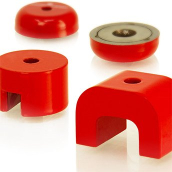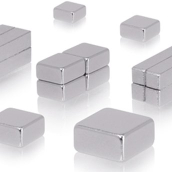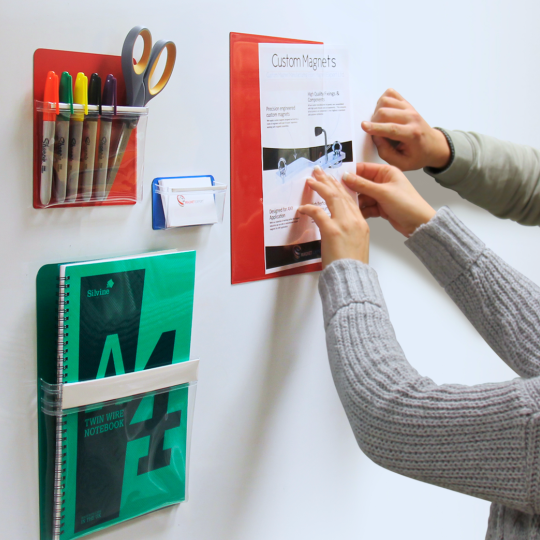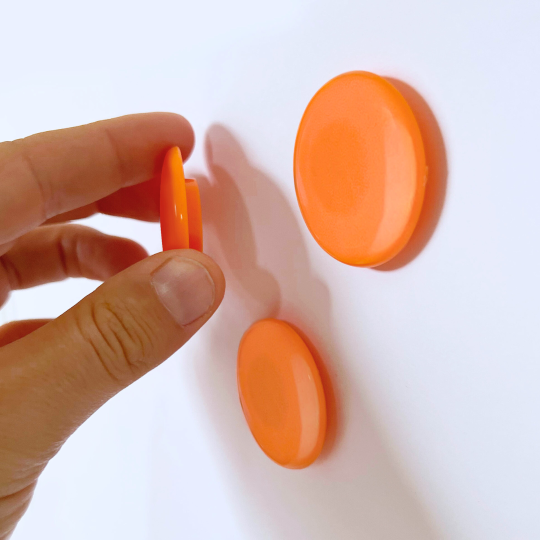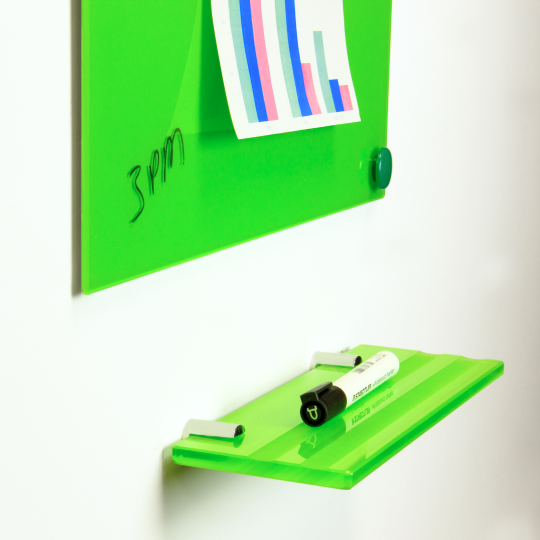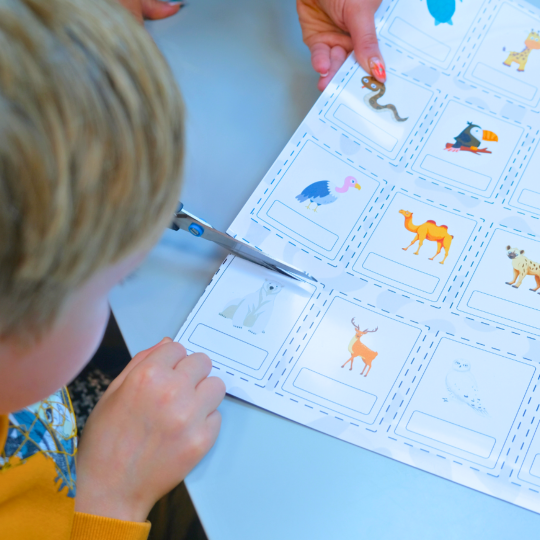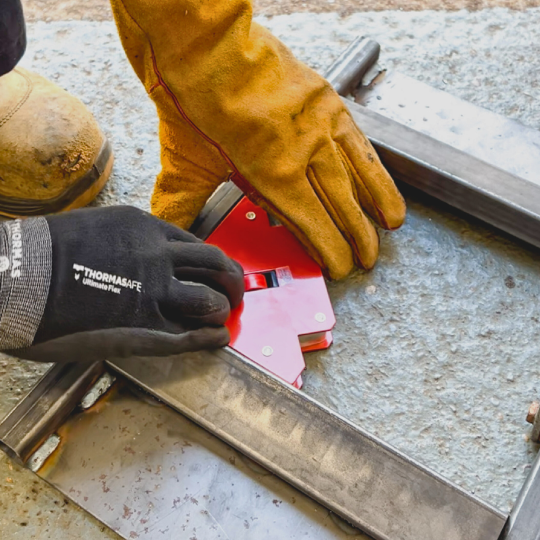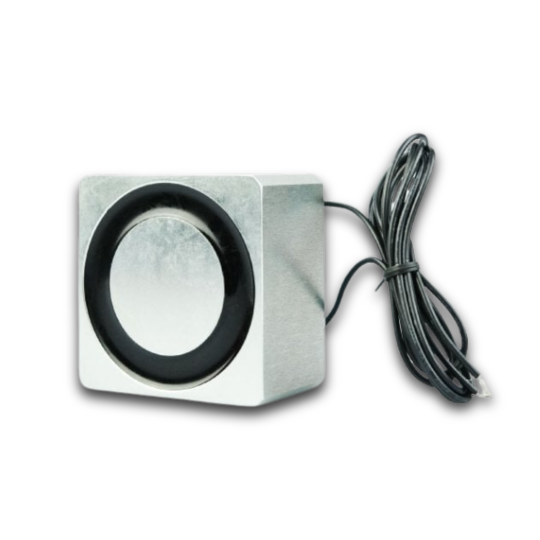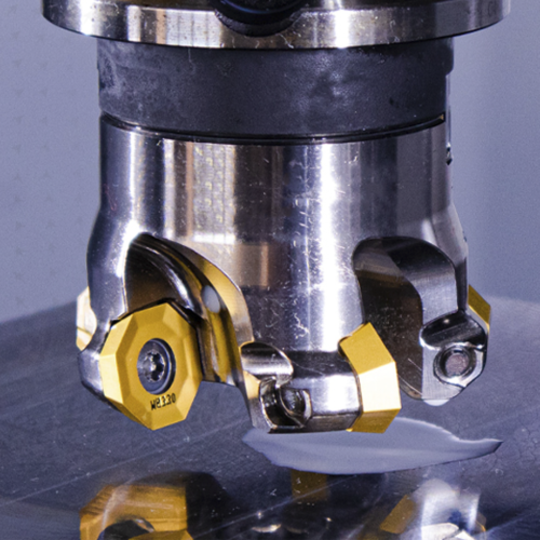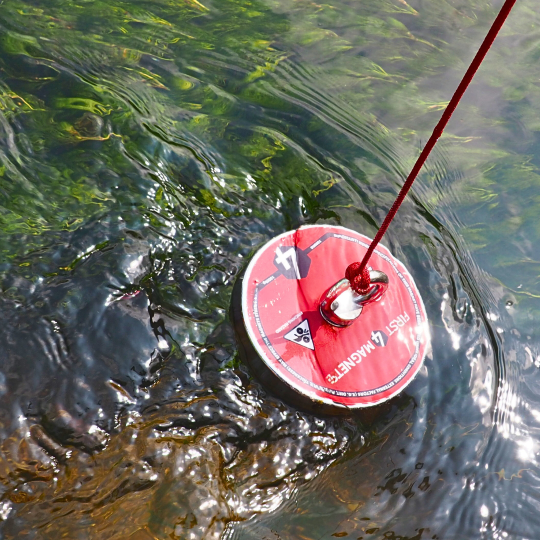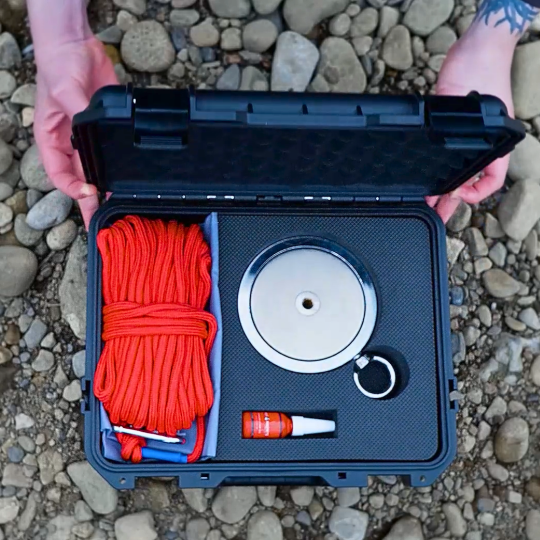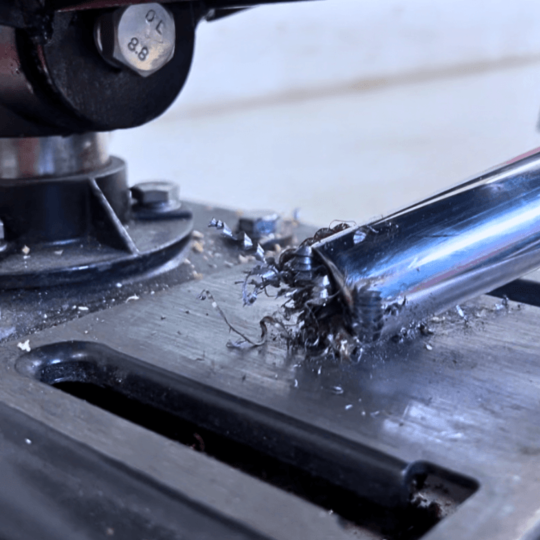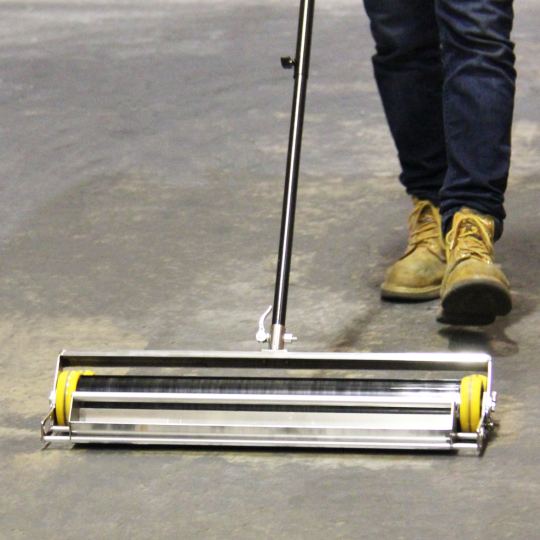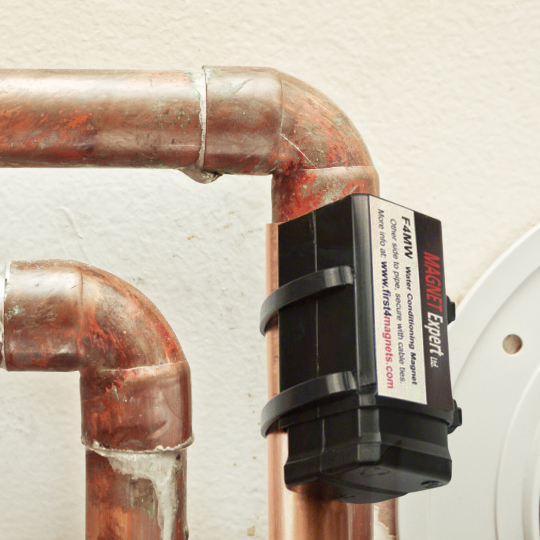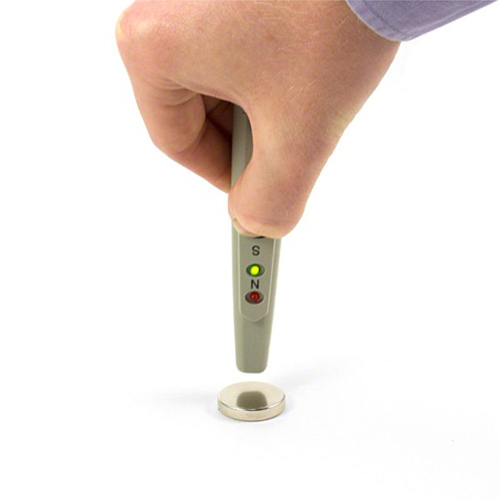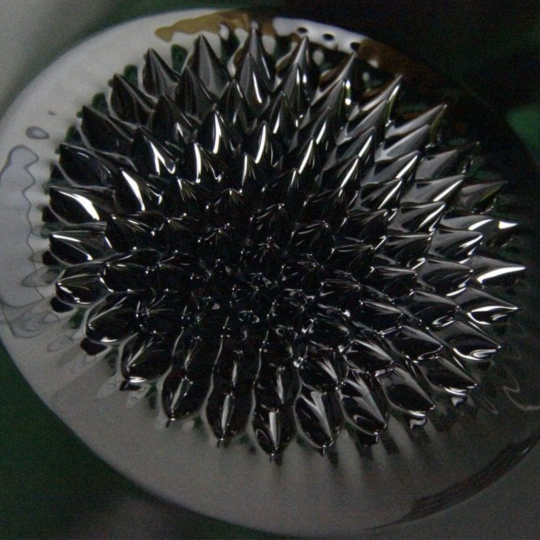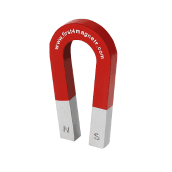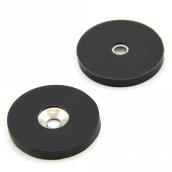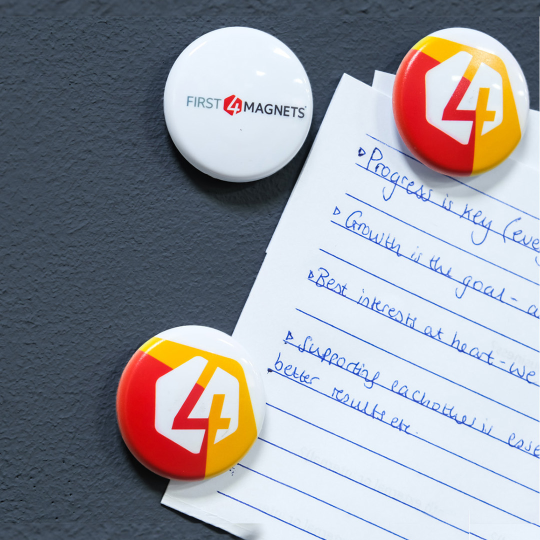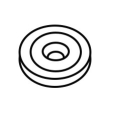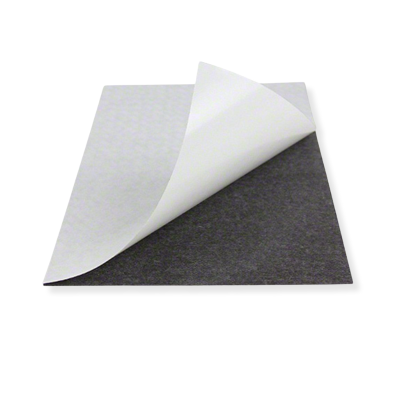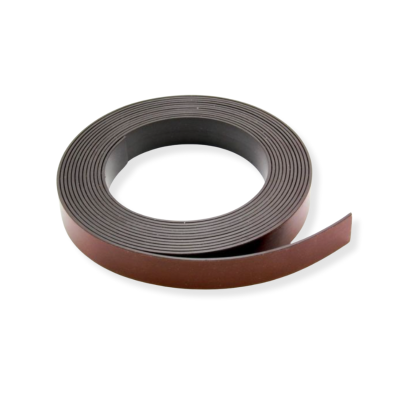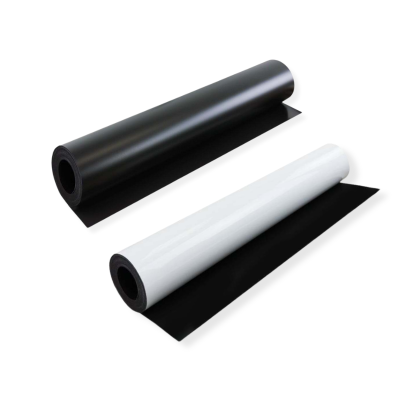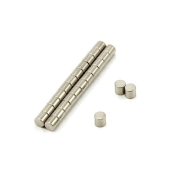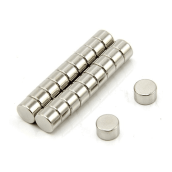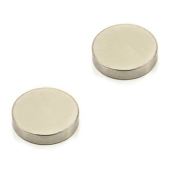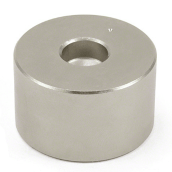A History Of Electricity And Magnetism

Magnetism and electricity are intrinsically linked, without one we couldn’t have the other. History is littered with philosophers, physicians, engineers and inventors that have all contributed to our understanding of and the development of electricity and magnetism, many of which are detailed here in our brief history.
| 600 BC | Thales, a Greek philosopher, found that when amber was rubbed with silk, it became electrically charged and attracted other objects. Thales had discovered static electricity. |
| 1175 | Alexander Neckam, an English monk, described the workings of a compass |
| 1600 | William Gilbert, an English physician and scientist, first spoke of electricity (taken from the term electron, the Greek word for amber) and was the first person to research the properties of the lodestone. Gilbert wrote about the electrification of many substances. He was also the first person to use the terms electric force, magnetic pole, and electric attraction. Controversially he disregarded the common belief that the earth was fixed at the centre of the universe and suggested that magnetism was the soul of the earth. Gilbert published his findings in his book titled De Magnete. |
| 1660 | Robert Boyle, an Irish philosopher, chemist and physicist discovered that electric force could be transmitted through a vacuum and observed attraction and repulsion. |
| 1675 | Englishman Stephen Gray, a dyer and chemist, distinguished between conductors and non-conductors of electrical charges. |
| 1800 | Italian physicist Alessandro Volta invented the first electric battery. The term volt is named in his honour. |
| 1809 | Sir Humphry Davy, an English chemist and inventor, created the first electric lamp. The arc lamp was a piece of carbon that glowed when connected by wires to a battery. |
| 1820 | Separate experiments by Hans Christian Ørsted (Denmark), Andre-Marie Ampere (France), and Francois Arago (France) confirmed the relationship between electricity and magnetism. Hans Christian Ørsted’s accidental discovery that an electrical current moves a compass needle rocked the scientific world and a spate of experiments followed, immediately leading to the first electromagnet and electric motor. |
Hans Christian Ørsted – An accidental discovery
In the autumn of 1820, Ørsted invited some colleagues over to show them the way metal could conduct an electrical current. When he fired up the current, Ørsted noticed the needle on a nearby compass moved, which he intended to use for a different demonstration. Before, nobody had ever observed a relationship between electricity and magnetism. He kept his findings secret until figured out how and why his demonstration had affected the magnetic field of the compass.
Up until this point, only lodestones (naturally occurring stones with a high concentration of iron) and iron itself were known to give off a magnetic field. Ørsted replicated his finding and studied it intently, but couldn't come up with an explanation for the phenomenon on his own. He ended up publishing his discovery with no explanation some three months after his discovery.
André-Marie Ampère
Over the months following the publication of Ørsted’s discovery the scientific community was frantically trying to explain the phenomenon and over a hundred papers were published on the subject in the following seven years. The most authoritative on the subject was French physicist and professor of mathematics, André-Marie Ampère.
Only a week after he learned of Ørsted's work, Ampère presented his own findings demonstrating that when two wires were placed parallel to one another, both carrying an electric current, they'd either be attracted to or repulsed by each other depending on which directions the currents were traveling. If both currents moved in the same direction, the wires would be attracted to one another, conversely, if the currents were moving in opposite directions the wires repelled each other.
It now sounds simple, but this finding provided the building blocks for the study of electromagnetism and became one of the foundations of modern physics. Ampère also figured out how to quantify the intensity of the interaction between different electromagnetic currents, and cemented the relationship between electricity and magnetism with an equation known as Ampère's Law.
| 1821 | Michael Faraday, one of the most influential English scientists, discovered the principle of electro-magnetic rotation that would later be the key to developing the electric motor. His inventions of electromagnetic rotary devices made the electric motor possible. |
| 1826 | German physicist and mathematician George Ohm defined the relationship between power, voltage, current and resistance in Ohms Law. |
| 1831 | Using his invention the induction ring, Michael Faraday, proved that electricity can be induced by changes in an electromagnetic field. Faraday's experiments about how electric current works led to the understanding of electrical transformers and motors. Faraday wasn’t alone in his endeavours; American scientist Joseph Henry separately discovered the principle of electromagnetic induction but Faraday was first to publish his work. Faraday also described an electric motor and carried out numerous experiments in his attempt to prove that electricity could be generated from magnetism. Within the course of a few weeks, the great experimentalist not only had clearly demonstrated this phenomenon, now known as electromagnetic induction, but also had developed a good conception of the processes involved. One of the experiments performed by Faraday in that important year featured a permanent magnet and a galvanometer connected to a coil of wire wound around a paper cylinder. |
| 1832 | The first magneto, an electrical generator that uses permanent magnets to produce periodic pulses of alternating current, is built by French instrument-maker Hippolyte Pixii just one year after Michael Faraday's discovery of the principles of electromagnetic induction. Pixii's hand-crank operated magneto was the first practical generator of electrical current. |
| 1834 | Thomas Davenport an American blacksmith and inventor invented the electric motor, an invention that is used in most electrical appliances today. |
| 1860s | The mathematical theory of electromagnetic fields was published by Scottish theoretical physicist J.C. Maxwell and created a new era of physics when he unified magnetism, electricity, and light. Maxwell's four laws of electrodynamics (Maxwell's Equations) eventually led to electric power, radios, and television. |
| 1876 | American inventor Charles Brush invented the open coil dynamo, or generator, that could produce a steady current of electricity. |
| 1878 | English physicist and chemist Joseph Swan invented the first incandescent light bulb (also called an electric lamp). His light bulb burned out quickly. American Thomas Edison was also working to develop the same device and founded the Edison Electric Light Co. in New York City. He bought a number of patents related to electric lighting and began experiments to develop a practical, long-lasting light bulb. Charles Brush (United States) developed an arc lamp that could be powered by a generator. |
| 1879 | After many experiments, Thomas Edison (United States) invented an incandescent light bulb that could be used for about 40 hours without burning out. By 1880, his bulbs could be used for 1,200 hours. |
| 1882 | Thomas Edison opened the Pearl Street power station in New York city. The power station was one of the world's first central electric power plants and could power 5,000 lights. It used a direct current (DC) power system, unlike the power systems that we use today which use alternating current (AC). The first hydroelectric station opened in Wisconsin. |
| 1883 | Nikola Tesla an American immigrant from the Austrian Empire invented the Tesla coil, a transformer that changed electricity from low voltage to high voltage, making it easier to transport over long distances. |
| 1884 | Nikola Tesla invented the electric alternator for producing alternating current (AC). Until this time, electricity had been generated using direct current (DC) from batteries. Sir Charles Algernon Parsons, an English engineer, invented a steam turbine generator, capable of generating huge amounts of electricity. |
| 1888 | Nikola Tesla demonstrated the first polyphase alternating current (AC) electrical system. His AC system included all units needed for electricity production and use: generator, transformers, transmission system, motor (used in appliances) and lights. George Westinghouse, the head of Westinghouse Electric Company, bought the patent rights to the AC system. Also in 1888, Charles Brush was the first to use a large windmill to generate electricity. He used the windmill to charge batteries in the cellar of his home in Cleveland, Ohio. |
| 1895 | The Niagara Falls hydropower station opened. It originally provided electricity to the local area. One year later, when a new alternating current (AC) powerline was opened, electric power from Niagara Falls was sent to customers over 20 miles away in Buffalo, New York. |
| 1897 | English physicist Joseph John Thomson (England) discovered the electron |
| 1900- 1909 | Albert Einstein published his special theory of relativity and his theory on the quantum nature of light, which he identified as both a particle and a wave. Electricity begins to transform everyday life with every new appliance introduced. |
| 1903 | The world's first all turbine station opened in Chicago. |
| 1930 | The first alnico magnets were produced. German scientist Hermann Kemper studied the use of magnetic fields in conjunction with trains and airplanes. |
| 1943 | The first programmable electronic computer was built by British mathematician Professor Maxwell H. A. Newman and British engineer Thomas H. Flowers. |
| 1952 | The first commercial ceramic/ferrite magnets were produced |
| 1966 | K. J. Strnat and G. Hoffer from the US Air Force Materials Laboratory begin to develop rare-earth magnets after discovering that an alloy of yttrium and cobalt had the largest magnetic anisotropy of any magnet then known. |
| 1968 | Hewlett-Packard began marketing the first personal computer, the HP9100A, actually marketed as a calculator as the market would not have accepted it as a compute because the belief was that to be a computer a machine had to be large. |
| 1969 | American scientists James R. Powell and Gordan T. Danby patented the first design for magnetic levitation trains. |
| 1982 | Neodymium magnets were developed by General Motors and Sumitomo Special Metals. |
| 1991 | Germany's government certifies operation of first maglev train for the public. |
